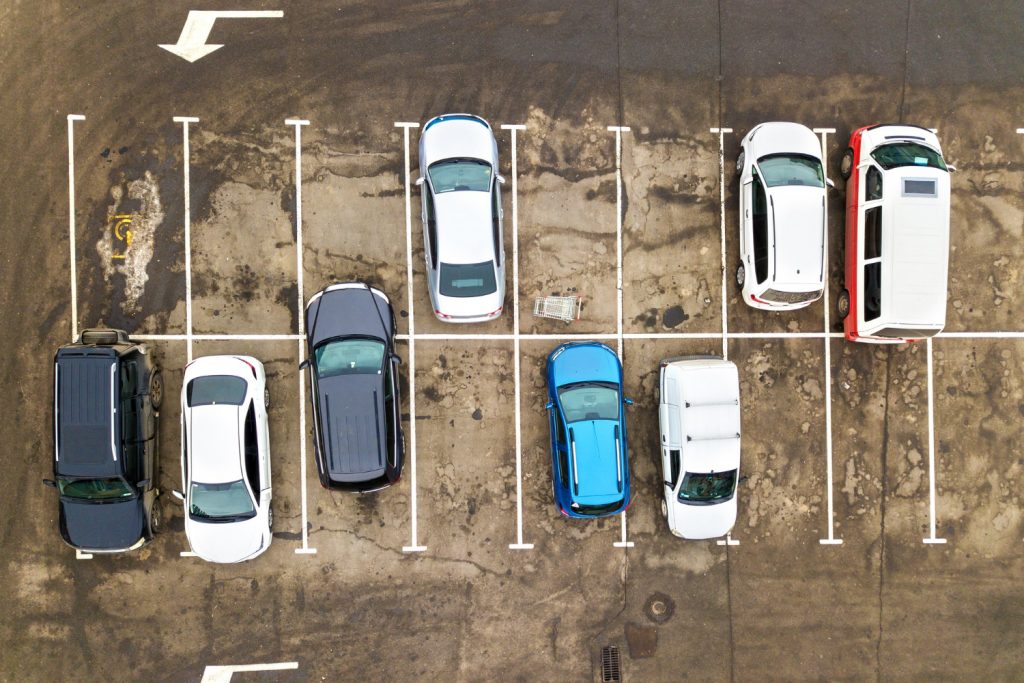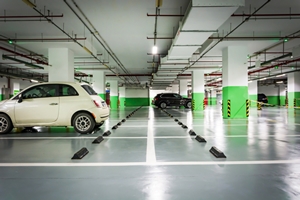Parking has always been an issue, whether it’s a big country or a small developing country. Therefore, smart parking is a possible IoT solutions / application that can dramatically solve this problem and improve everyone’s life, says Ritesh Sutaria, CEO at Prompt Softech.
Suppose you reach your destination twenty minutes before time for a very important meeting. You have enough time as long as you can find a place to park. There is no parking space left for you to park your car. You are driving around desperately looking for parking on the street but do not find any. You also try the underground parking lot of the building across the street. While driving, you have to press break to stop suddenly. There is plenty of traffic ahead of you, trying to do the same thing. You try to call a meeting member to inform them that you will be late, but there is no cell phone network in the underground parking garage.
It takes half an hour to find a space. When you finally reach your office for the meeting, sweating profusely and out of breath, the receptionist informs you that everybody has already left. Your meeting was canceled because of you, and now you must deal with severe losses.
This is just not a story of a single person. In a recent study conducted by SpotHero, 48% of Americans shared that parking their car has always been stressful work. 27% of the respondents spent almost 30 minutes searching for parking, and 63% said that finding a parking spot was the primary cause of their late arrival.
In 2022, around 4.3 billion people (55% of the world) started living in urban settings, and this is expected to grow to 80% by 2050. It can have a direct effect on how car owners park in cities.
So, what is the solution to this problem, and what can be done to improve city parking?
How IoT smart parking works

The savior of the parking problems is smart parking technology combined with IoT connectivity. This innovative technology and integrated sensors installed determine the empty parking spaces available. This IoT data is transferred over a wireless connection to a cloud server. All the data from the parking space is gathered and analysed in real-time to create a map of available spaces for those looking for a space. Drivers seeking a parking space can use the real-time innovative parking map to get directions to the nearest available space.
Modern systems can book these spaces and take electronic payments from drivers. In this case study of an IoT smart parking solution, the technical components have an ultrasonic sensor HC-SR04 that calculates physical distances using ultrasonic waves and an ESP8266 microcontroller. Both are installed in every parking lot.
The IoT device sends a periodic update by wireless signal utilising the MQTT protocol to a cloud server running AWS IoT services. The cloud server accumulates data about all parking slots. This shows users the available parking spots through a web or mobile application to allow them to choose one.
How IoT sensors detect free parking space
IoT sensors utilise an ultrasonic wave to determine the distance to something. Each sensor is implanted in the parking space surface and finds the distance to the undercarriage of a vehicle if the parking space is full.
3 possible detection conditions:
- If space is occupied: The distance determined to an object by the sensor is 10 to 50 centimetres, four to 20 inches.
- If space is free: The distance determined to an object by the sensor is more than 50 centimetres, about 20 inches.
- If space is dirty: The distance determined to an object by the sensor is less than 10 centimetres, that is, four inches.
If the condition is “dirty,” it means the sensor may be covered by something or blocked, and the device needs prompt maintenance and cleaning.
The application operates on AWS IoT and AWS Lambda and displays a driver the free spaces in green, full/occupied spaces in red and sensor malfunctions in yellow.
IoT-based smart parking system configuration
The number of parking spaces available in a parking lot specifies the software and hardware needs for IoT configuration and system architecture. For large parking lots, it is best to use gateways and the LPWAN protocol for the sensors.
Using the LoRaWAN standard is one of the latest IoT trends and the best way to improve the operating hours of an autonomous system by minimising power usage. As per the specifications of the LoRa Alliance, this decreases the demand to substitute the batteries. Battery life is increased to five years before replacement.
Sensors for IoT-based smart parking
Smart parking sensor types have ultrasonic, electromagnetic field detection, and infrared.
- Ultrasonic: The sensing accuracy is improved by using ultrasound to know the measurement. The drawback of this type of sensor is the possibility of blockage by dirt.
- Electromagnetic field detection: This sensor notices slight changes in the magnetic field whenever metal objects come closer to the sensor.
- Infrared: This type of sensor measures the changes happening in the surrounding temperature and identifies the motion.
Parking 4.0: Future and opportunities in smart cities:
Adopting smart parking systems is expected to grow because the technology is beneficial and brings helpful changes in daily life.
Let us check the modern features that can be included in the system to make it a highly multi-functional managing tool.
- Feature of parking demand management and space optimisation.
- Option of personalised parking guidance system.
- Option of Parking reservation systems.
- The feature of dynamic parking prices and policy optimisation.
- Ability to detect parking zones, fees, and overstay violations.

Augmented reality technology is of great help for large-scale parking lots as it can create a mapping function overlay on top of authentic images captured by a smartphone. These AR-based outdoor and indoor navigation systems can direct drivers with a virtual path to their parked cars.
Another innovation utilises visual image processing to capture the license number of a vehicle to identify it with the support of Optical Character Recognition technology. Then, it automatically opens the gate to the parking lot, and the system helps the driver to a suitable parking space.
So, we can conclude that the future of smart parking systems is quite promising. Technologies behind this possible solution are Artificial Intelligence, IoT, Machine Learning, and Augmented Reality. These are also responsible for digital transformation for businesses under the “Industry 4.0” term. By potentially using these innovations, Parking 4.0 will enhance the efficiency of the parking system by solving urbanisation issues.
The author is Ritesh Sutaria, CEO at Prompt Softech.
Comment on this article below or via Twitter: @IoTNow_OR @jcIoTnow










